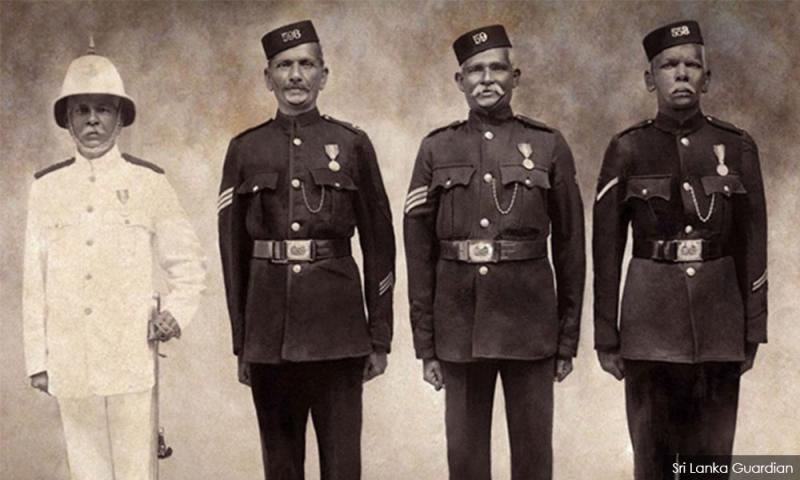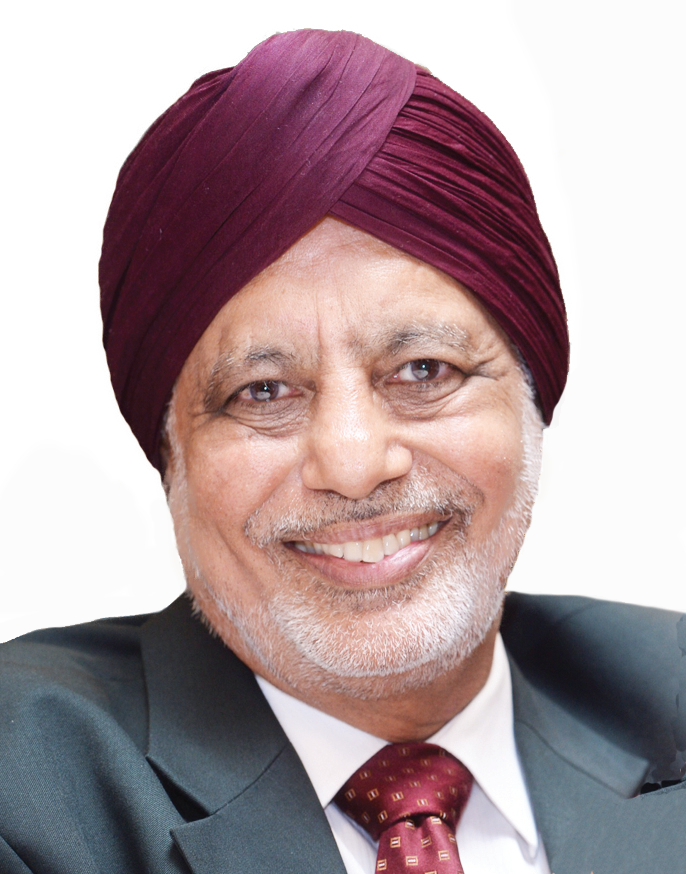HISTORY | The Ceylon Tamils connection
HISTORY: TOLD AS IT IS | The story of Malaysia, to paraphrase Sir Gerald Templer, the former High Commissioner of Malaya, is not the story of one ethnic group alone, but rather of all its people. Each ethnic group has made its own contribution towards nation-building, and consequently, our young must be provided with an inclusive and truthful narrative of our nation’s multicultural heritage.
In this regard, not much has been written about the important roles and significant contributions of the Ceylon or Jaffna Tamils (or Sri Lankan Tamils) towards the progress of our nation, particularly in the early development of British Malaya. This community played a crucial role in the British administration of Malaya from the late 1880s until the 1930s which spurred rapid economic and social development, particularly in the Federated Malay States.
According to Sir George Maxwell, the former chief secretary of the Federated Malay States, Malaya owes a great debt of gratitude to the Jaffna Tamils who have “rendered invaluable service” towards the development of Malaya. He adds further that the Jaffna Tamils courageously worked “far away in the jungle, in connection with some road or railway-construction work which the men born and bred in the country would refuse to accept. Throughout the Malay States, there are lonely graves of these men...”.
Hence, this article seeks to fill the gap by narrating the migration of Ceylon Tamils to Malaya, their distribution, growth and progress as a community as well as their roles and contributions towards nation-building.
The Ceylon Tamils, who mostly originated from the Jaffna district of northern Ceylon (now Sri Lanka), started migrating to Malaya in considerable numbers beginning from the 1880s due to a combination of “push” and “pull” factors that were essentially economic-driven.
By the middle of the 19th century, the economic conditions in the Jaffna district had become adverse due to the rapid increase in population, increased cost of living, and scarcity of jobs. Among the “pull” factors, the Ceylon Tamils were lured by attractive job opportunities in Malaya as a result of British colonial expansion, favourable climate and reliable transportation routes.
In 1896, the four Malay states of Perak, Selangor, Negeri Sembilan and Pahang were officially amalgamated to form the Federated Malay States (FMS). By 1914, British colonial rule over Malaya was consolidated and...
RM12.50 / month
- Unlimited access to award-winning journalism
- Comment and share your opinions on all our articles
- Gift interesting stories to your friends
- Tax deductable

 Ranjit Singh Malhi
Ranjit Singh Malhi